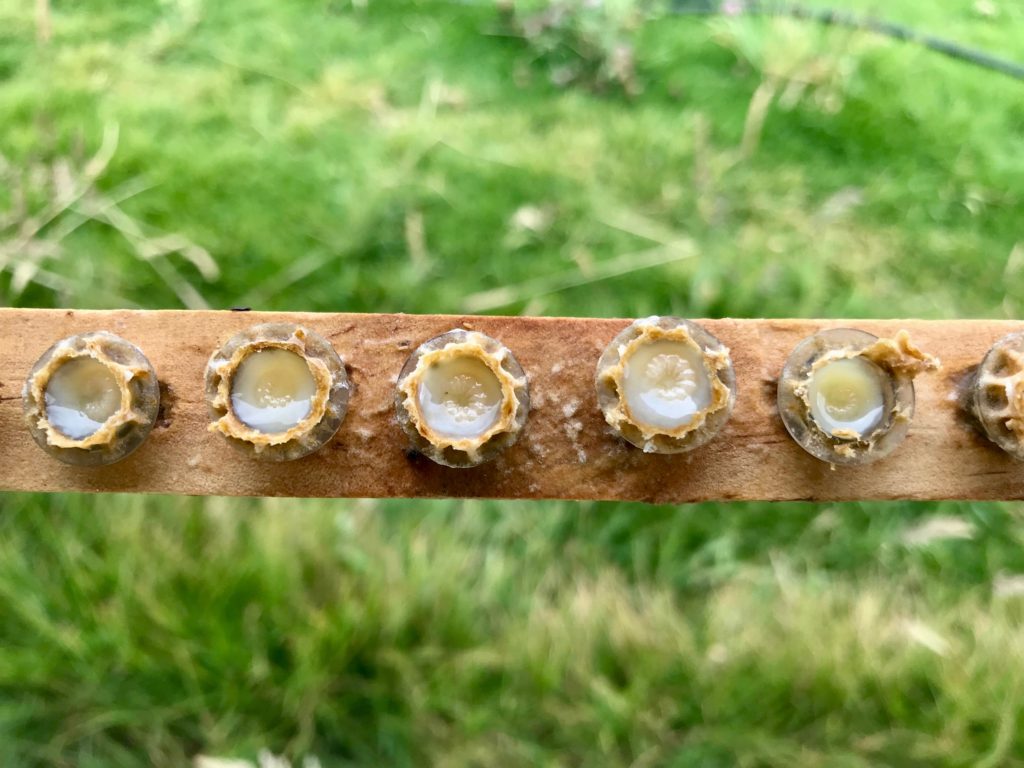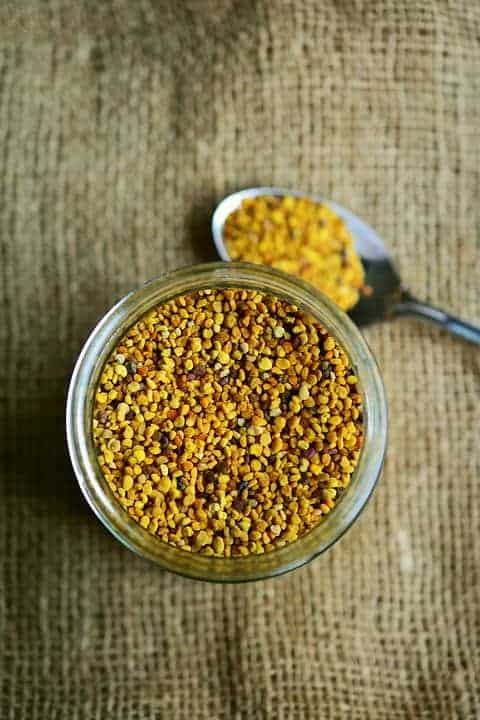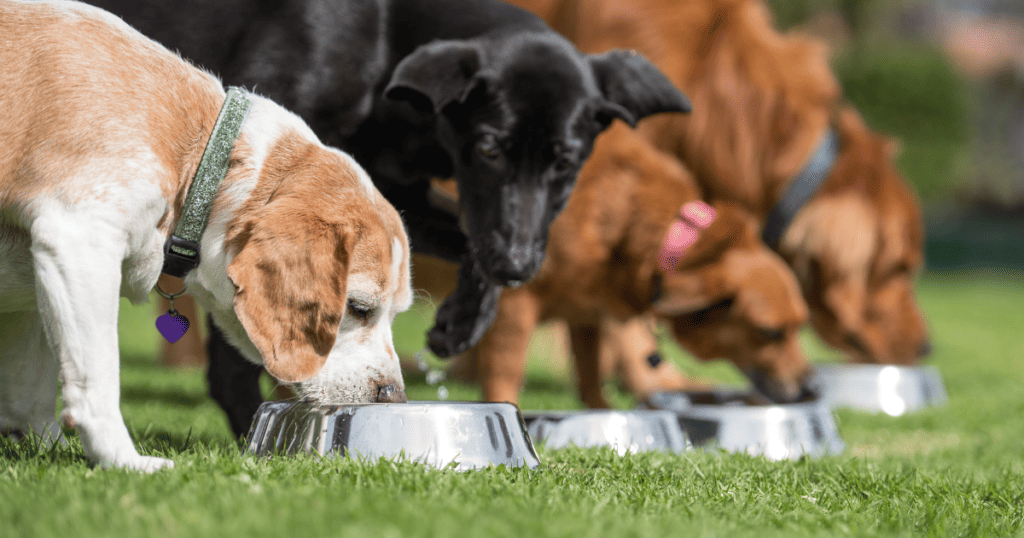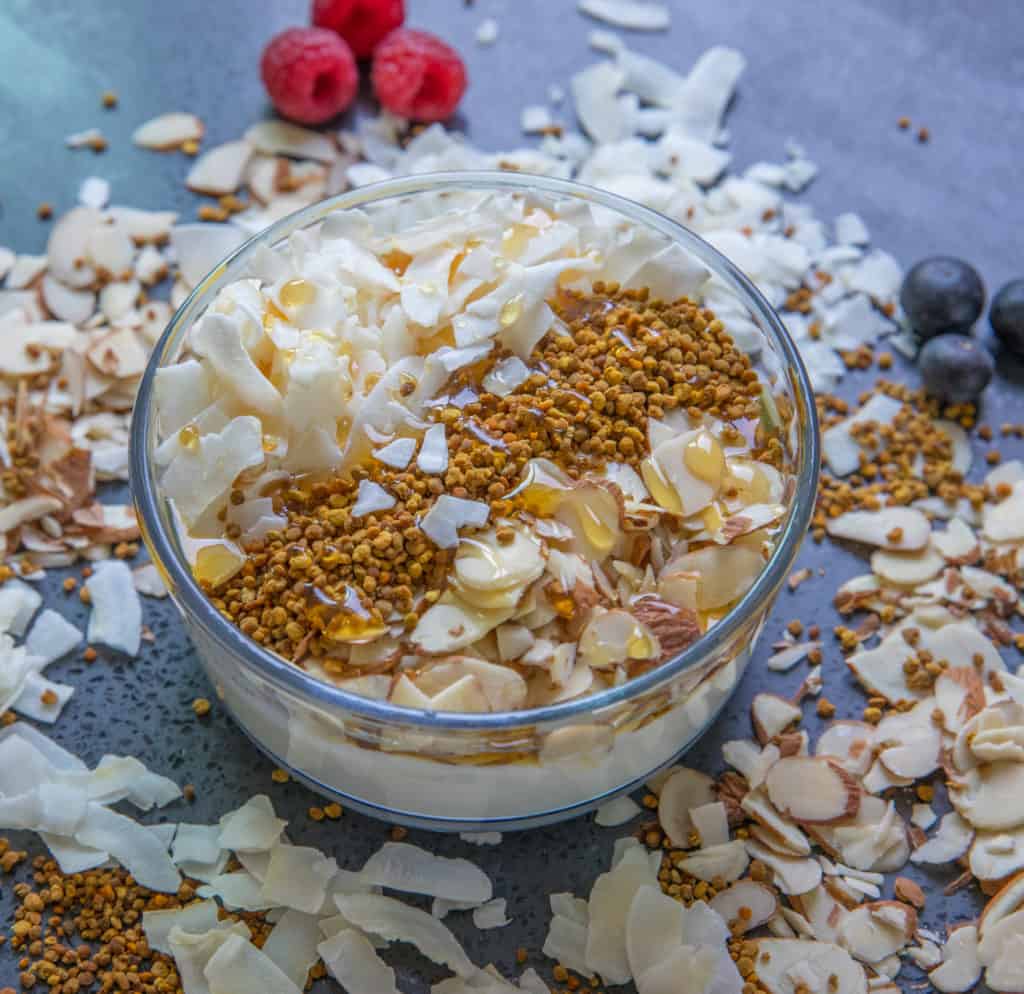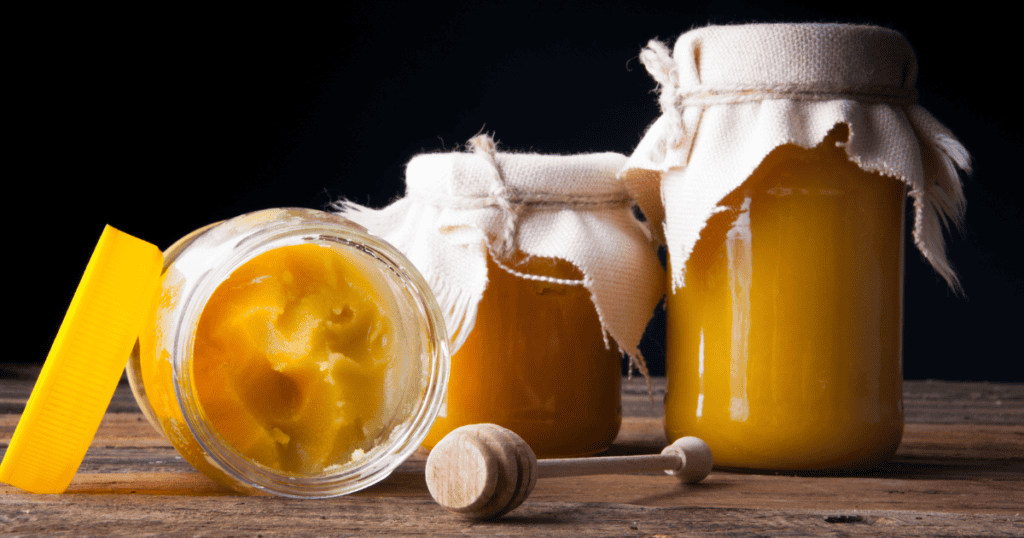What is Bee Propolis?
The term propolis comes from two Greek words, pro (for or in defense of) and polis (the city); thus, bee propolis means in defense of the city or beehive.
Bees harvest raw propolis from various plants, varying in color from dark brown to green to red. Unlike honey or pollen, it does not come from flowers.
It comes from secretions of trees or shrubs produced in the bark or the stems of new leaves. It is a resin that bees use as a glue or sealant around the hive, which is why it is sometimes called bee glue.
Bees also use propolis as an embalming agent for small animals that have entered the hive, bees killed, and are too big for them to remove.
So, bees cover the animal with propolis to prevent the decomposition process from affecting the colony.
From there, scientists thought that this sticky substance could have antibacterial properties that have been extensively studied; more on that below.
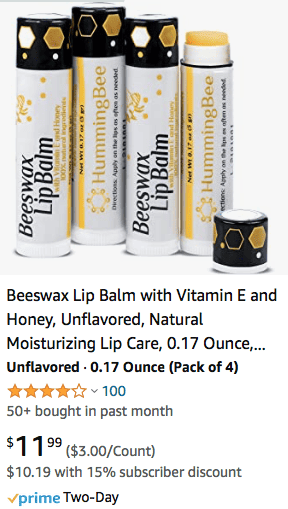
If you are looking for a trustworthy brand of Bee Products? Visit our HummingBee Brand on Amazon.
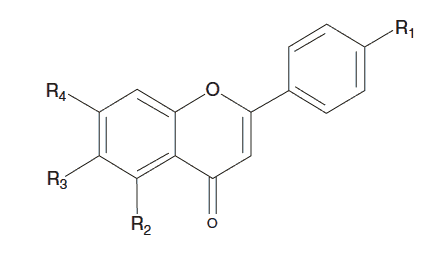
Visit our Amazon Store for the whole HummingBee Bee Products lineup.
Bonus Fact: Does propolis expire or go bad?
Raw propolis is a very hardy substance that does not contain the nutrients that microorganisms like molds, yeasts, and bacteria feast on, like proteins and sugars.
It also lacks moisture in its raw form, so these organisms find it hard to grow on it. Moreover, it is rich in antibacterial chemicals that also fight off microorganisms, and when processed, it also usually has alcohol, so it is shelf-stable for a very long time.
In conclusion, it would be tough to find expired propolis.
Propolis chemical structure
Propolis is composed of various natural chemical substances that vary depending on the propolis’s botanical origin; more on that later. Raw propolis typically comprises 50% plant resins, 30% waxes, 10% essential and aromatic oils, 5% pollen, and 5% other organic substances.
Studies have identified more than 500 compounds in propolis, including phenolic components, terpenes, lipid-wax substances, beeswax, and other compounds such as vitamins, proteins, amino acids, and sugars.
Plant phenolics constitute the most abundant chemical components, including flavonoids, phenolic acids, aldehydes, simple phenols, and their esters, coumarins, stilbenes, and lignans.
From these, the flavonoid compounds and phenolic acids are the most abundant and have the most health benefits.
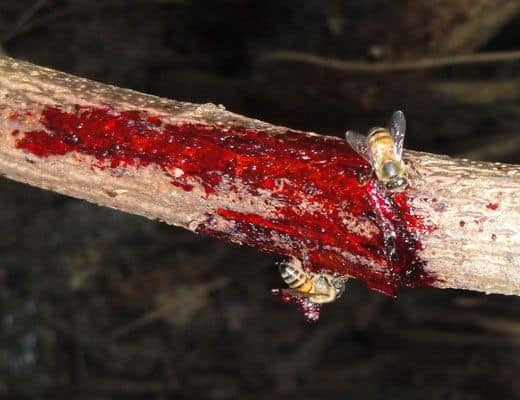
Are all bee propolis the same?
As previously mentioned, bee propolis varies in function of botanical origin. It varies according to its physical (color, aroma, stickiness, etc.) and chemical profile.
The most common one worldwide is brown propolis, but the most renowned ones, especially in recent years, are the green and red propolis, both from Brazil. The green Brazilian propolis comes from the Baccharis dracunculifolia shrub, and bees collect the red propolis from Mangrove plants.
Still, any propolis has potential health benefits independently of color or botanical origin, as they all contain flavonoids and other substances with bioactive functions.
A bioactive compound is a substance that is not essential for an organism’s normal metabolic process, but its consumption provides potential health benefits.
Further information about Brazilian Green Propolis: Plant Origin of Green Propolis: Bee Behavior, Plant Anatomy, and Chemistry, and on Red Propolis: Chemical Composition and biological activity of a New Type of Brazilian Propolis: Red Propolis
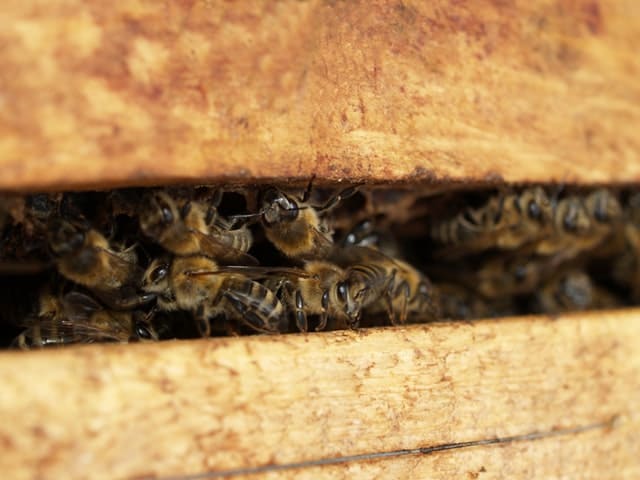
Can propolis be eaten?
Yes, propolis supplementation for human health is a thing; however, you cannot consume it raw, as bees collect it. Raw is a hard, strong-tasting, sticky substance that is not very palatable.
A propolis supplement must be extracted from its raw form and diluted in water, alcohol, or a mixture of both. This procedure has to be done at a laboratory level where specific systems and times are in place so a consistent product is obtained time and time again.
This propolis extract, or propolis tincture (in liquid form), can be kept and bottled as it is (it would have to be further diluted in water to be drinkable as it will be strongly flavored).
For propolis supplementation, a propolis tincture has to be mixed with honey to obtain a combination formula, combined with other herbal extracts and water for a throat and mouth spray, or it can be lyophilized (dehydration under freezing conditions that preserve all the health properties) to be made into propolis pills or capsules.
So, how to use bee propolis? It is considered a supplement; thus, there are no specific recommendations; the best guideline would be to consume it regularly in your preferred presentation.

Which are the health benefits of Bee Propolis?
The studies on Bee Propolis are extensive, as it has many substances with potential benefits, especially for the immune system.
The main effects that have been found are Antioxidant activity (the scavenging of free radicals that can potentially produce cell damage), Antibacterial, Antiviral, Antiprotozoal, Antihelmintic and Antifungal properties, Wound Healing properties, Antiulcer activity, helps in the treatment of diabetes and cardiovascular disease, and Anticancer, and Immunomodulatory effects.
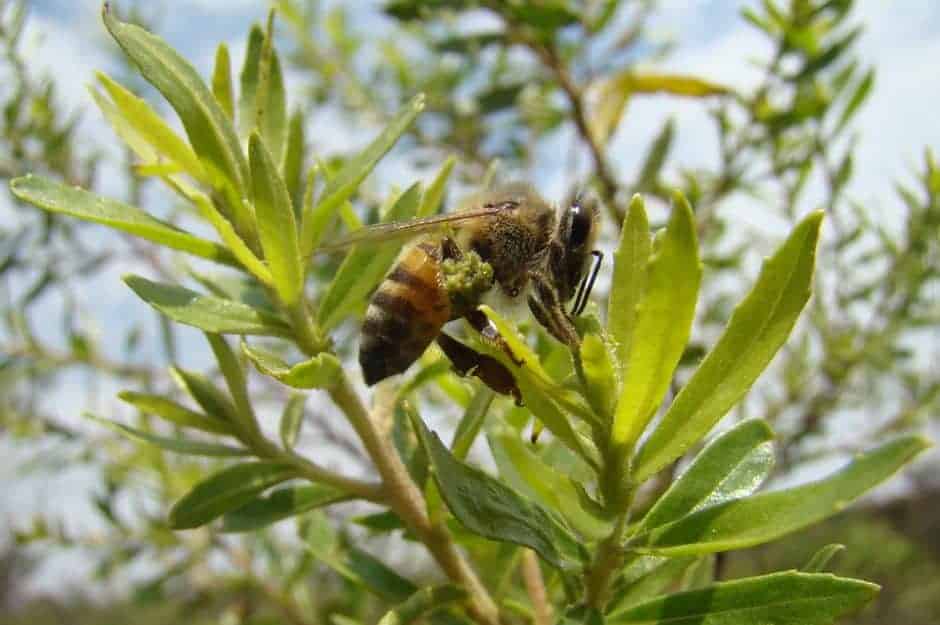
If you are also interested in learning about the health benefits of bee pollen and honey, click on the links to read more.
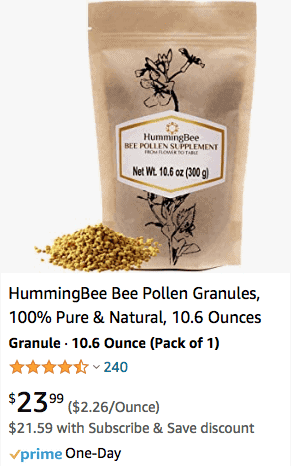
Finally, we have recently been featured in GoSolo magazine; find the whole article here.
Royal Jelly: The three essential facts
So far, we´ve talked about Bee Pollen, Propolis, and Honey. These three are the only…
What are Bee Pollen Granules and how to consume it. Part 1.
If you look around the internet, you’ll find a significant amount of information about bee…
Bee Pollen Benefits
If you look around the internet, you’ll find a significant amount of information about bee…
Bee Pollen for Dogs, does it have health benefits?
Bee pollen is an excellent source of nutrients for humans and for pets like dogs,…
Bee Pollen health benefits. Part 2.
So here we continue where we left off in Part 1 of Bee Pollen Health…
Can Honey Go Bad?
Like any food, raw honey can go bad. However, raw honey has some fascinating properties…

